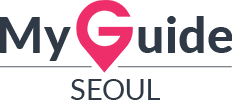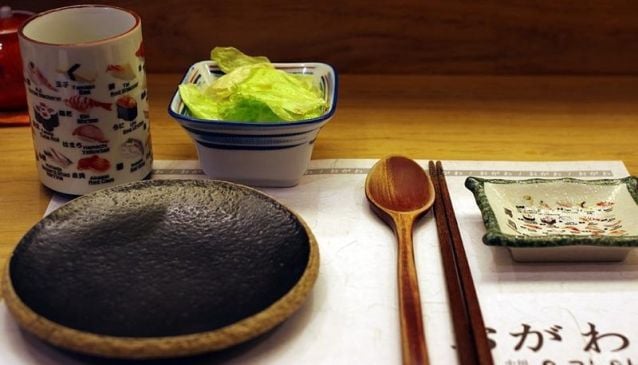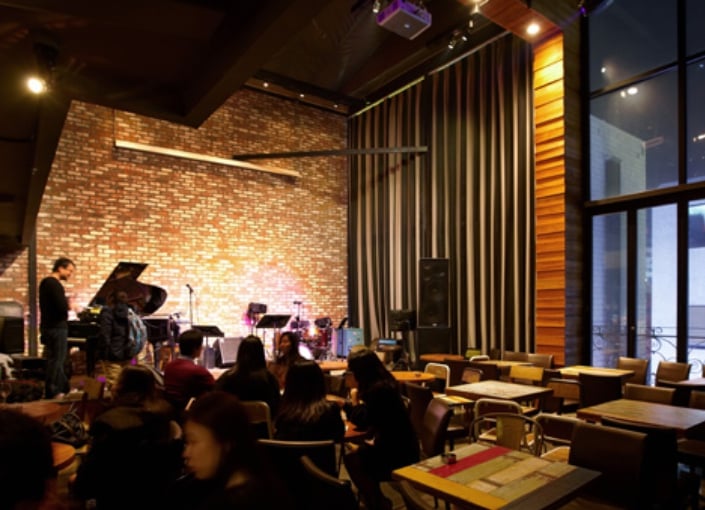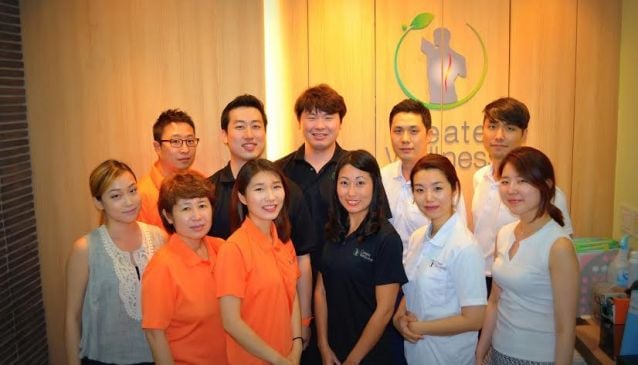Korean Language for the Traveler
Although most people have a passing familiarity with what Chinese characters look like, and to some degree Japanese characters, this may be your first time ever encountering written (or even hearing) Korean. However, there’s good news! Unlike Chinese or Japanese, Korean uses an alphabet system, just like English does, which is simple and easy to learn. If you’re flying into Korea on a long-distance flight, you can be literate in Korean before the wheels hit the runway in Seoul. Why go to the trouble to learn to read an alphabet you’ll never use outside of Korea? Although it’s true that written English is all over Korea, especially in Seoul, there are a lot of places where it is not. Small restaurants, art galleries, and coffee shops may or may not have displays or menus in English. Additionally, Korean words romanized into English can create very misleading pronunciation issues, so it will help you immensely to be able to read the word in Korean and pronounce it correctly (ex. 떡볶이, an extremely common street food, romanizes out to ddeokbokki, which might be pronounced”dee-ok-bokki” when it actually is pronounced closer to “dahk-bo-ki”). Use this guide to help you to learn Hangul. The letters below are the consonants in Korean. Some of them don’t have direct equivalents, and the true sound of the letter is somewhere in between two related English consonants.
Learn to Read Hangul (Korean Alphabet)
Korean Letters Nearest English Equivalent
ㄱ G/K
ㄴ N
ㄷ D/T
ㄹ L/R
ㅁ M
ㅂ B/P
ㅅ S
ㅇ Silent (if next to a vowel)/ “ng” (if on bottom)
ㅈ J
ㅊ Ch
ㅋ K
ㅌ T
ㅍ P
ㅎ H
Five consonants can be doubled: ㅃㅉㄸㄲㅆ. This indicates they should be pronounced with more emphasis/stronger sound. For vowels, the English given is not what the character romanizes to, but rather how it is pronounced. When a vowel is written alone, it always has a silent ㅇin front of it (아). When used with another consonant, it replaces that ㅇ (가, 거, 고, etc.) Below are the vowels written without ㅇ.
Basic Korean Vowels What they sound like
ㅏ “short” a
ㅐ “long” a
ㅓ “ah”
ㅔ “long” a
ㅗ “o” (sounds like the name of the letter)
ㅜ “long” o – “oo”
ㅡ Between “uh” and “eew”
For all vowels except ㅡ, another dash can be added to the vowel, giving it a “y” sound. ㅑ for example, is “ya”. The vowels below are combinations of the same vowels you see above. When used alone, they create vowel sounds with a “w” in front. Again, these are written without ㅇ.
Vowel Combinations What they sound like
ㅘ “Wa”
ㅙ “way”
ㅚ “weh”
ㅝ “woh"
ㅞ “weh”
ㅟ “wee”
ㅢ “uh ee”
Reading Blocks
Although Hangul is an alphabet, words are not built as a string of letters as they are in English. Instead, they are built into phonetic, one syllable blocks made of two, three, or four letters. This is why it is so important to learn to read Hangul, because if you can’t read the blocks, you will mispronounce everything. There are two ways to build blocks, and which one you use depends on which vowel is used (this is a lot easier than it sounds). Every block is made of alternating consonants and vowels. That’s why ㅇ has to be used when a vowel is written alone.
“Two on top, one on the bottom”
For the vowels that have a long vertical line (ㅏ ㅓ ㅣ) you will see two letters from left to right on the top, and one on the bottom if necessary. For example, “Kim,” the most common Korean surname, is written with three letters, just like it is in English: ㄱ+ㅣ+ㅁ (K + i +m). This will be written with the first two letters (the “k” and “i”) on top, and the last one (m) on the bottom. ㄱ+ㅣ+ㅁ = 김. Make sense? Here are some other examples.
• Rice: Romanized bapㅂ+ㅏ+ㅂ(밥)
• House: Romanized jipㅈ+ㅣ+ㅂ(집)
• River: Romanzed gangㄱ+ㅏ+ㅇ(강)
“From top to bottom”
For vowels that have the long horizontal line (ㅗㅜ ㅡ), you will see either two or three characters on top of each other. They are read from top to bottom. For example, “Sohn,” another Korean surname, would be written with three letters: ㅅ ㅗ ㄴ, or 손. Start from the top and read to the bottom. Here are some other examples.
• Water: Romanized mul ㅁ+ㅜ+ㄹ(물)
• Money: Romanized don ㄷ+ㅗ+ㄴ (돈)
• Big: Romaized keun ㅋ+ㅡ+ㄴ (큰)
Keun is another good example of why learning to read is important. Without knowing how to read Korean and relying solely on the romanization, you run the risk of pronouncing the word “kee-oon,” “kay-oon,” “kee-un,” or some other variant; not at all what you would be trying to say.
Reading Words
Korean words are built with these phonetic blocks. Just like “Korea” has three syllables in English - “ko-re-a” - the Koreanized version of this has three phonetic blocks: 코리아. However, 코리아 is not “Korea” in Korean. South Korea, or the Republic of Korea, is Daehanminguk (대한민국). Without knowing how to read Korean, it would be very difficult to know how to pronounce this word. But with a functional knowledge of how to read Korean, it is simple to see that this word is comprised of four syllables Dae (대) Han (한) Min (민) Guk (국). Once you can recognize the syllables, you can sound out the word and say it. Not too hard, right?
Once you are able to sound out each block in a word, even if you have to do it slowly, you will be able to read 90%+ of anything you see while traveling in South Korea, and be able to do it with much less frustration than trying to read the word in romanized English. Also, you will have a much greater chance at being understood by locals, which will make asking for help or directions a much less frightening challenge.
Good luck!











